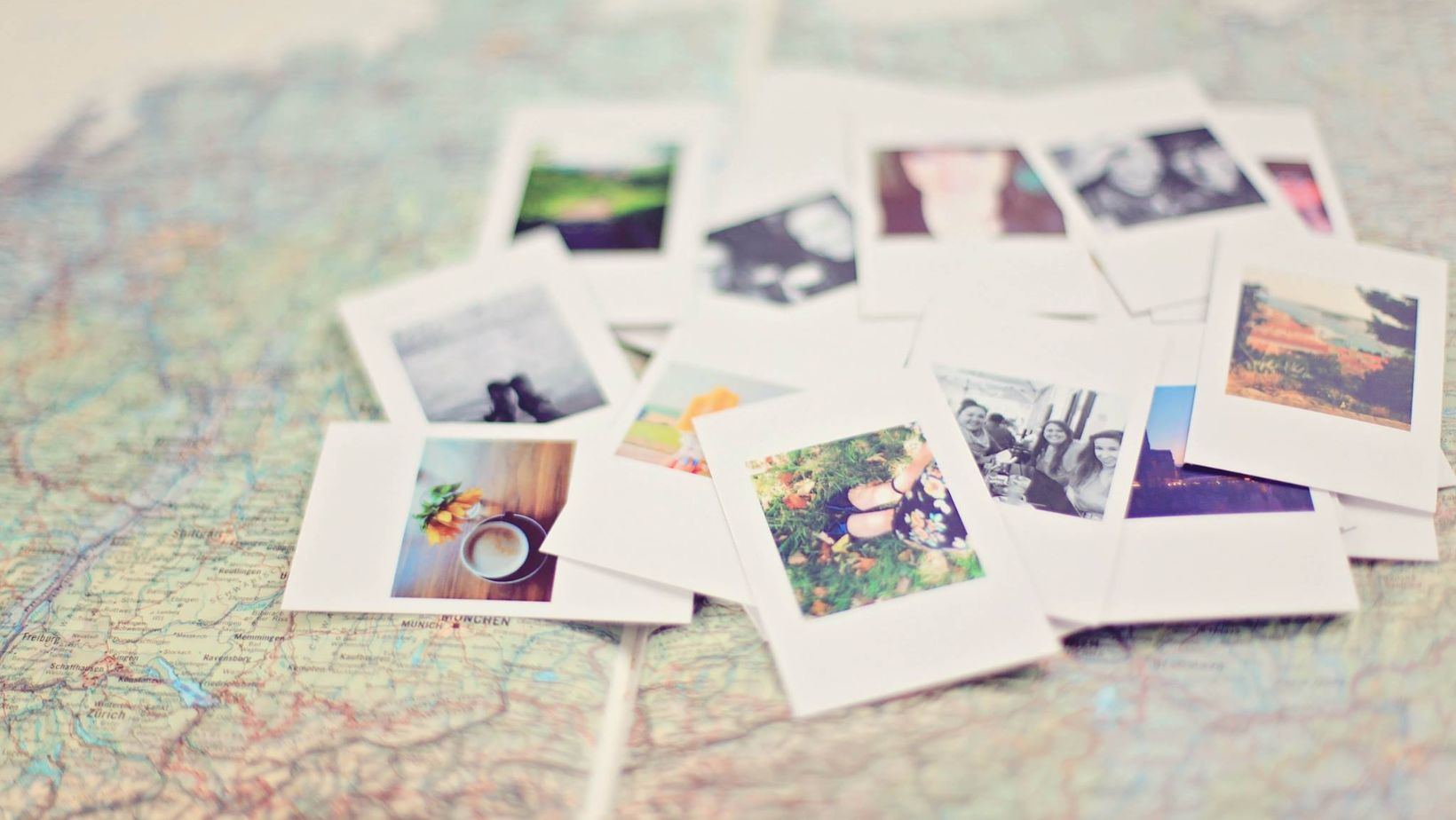As a seasoned designer, I’ve often been asked how to pixelate an image in Illustrator. Whether you’re looking to create a retro effect or add a touch of mystery to your artwork, pixelation can be a powerful technique. In this article, I’ll walk you through the step-by-step process of pixelating an image using Illustrator’s versatile tools. By the end, you’ll have the skills to transform any image into a pixelated masterpiece.
Pixelation is a popular design trend that can give your artwork a unique and eye-catching look. With Illustrator’s robust set of tools, achieving this effect is easier than you might think. In this article, I’ll guide you through the process of pixelating an image in Illustrator, sharing tips and tricks along the way. Whether you’re a beginner or an experienced designer, this tutorial will equip you with the knowledge to create stunning pixelated designs.
Table of Contents
ToggleHow to Pixelate an Image in Illustrator
Pixelation is a popular design technique that involves creating a low-resolution or blocky appearance in an image or artwork. It is often used to add a unique and eye-catching visual effect to designs.
In pixelation, the image is broken down into individual pixels, which are the smallest units of digital information. Each pixel represents a specific color or shade, and when combined together, they create the final image. By intentionally enlarging and manipulating these pixels, designers can achieve a pixelated effect.
Pixelation can be achieved through various methods, including using design software like Adobe Illustrator. With Illustrator’s powerful tools and features, you can easily create pixelated designs and customize them to suit your preferences.
The pixelation effect can be applied to a wide range of design elements, including illustrations, photographs, logos, and text. It offers a unique and creative way to add intrigue and visual interest to your artwork. Whether you want to create retro-inspired designs or give a modern twist to your visuals, pixelation can be a valuable tool in your creative arsenal.
It’s important to note that pixelation is not limited to digital design. It can also be found in various forms of art, such as pixel art and mosaic art. Artists have been using pixelation techniques for decades to create stunning and visually appealing pieces.
In the next section, I’ll walk you through the step-by-step process of pixelating an image in Illustrator, so you can start incorporating this captivating design trend into your own artwork.

Why Pixelate an Image in Illustrator?
There are several reasons why you might want to pixelate an image in Illustrator. Let me explain why this technique can be beneficial for your designs:
- Unique and Eye-Catching Look: Pixelation is a popular design trend that can give your artwork a unique and eye-catching look. By intentionally creating a low-resolution or blocky appearance, you can create a visual style that stands out from the crowd.
- Add Intrigue and Visual Interest: The pixelation effect offers a creative way to add intrigue and visual interest to your artwork. By breaking down the image into individual pixels, you can create a sense of mystery and complexity that captures the viewer’s attention.
- Enhance Retro or Vintage Aesthetics: Pixelation can be used to enhance retro or vintage aesthetics in your designs. By recreating the look and feel of old-school video games or pixel art, you can evoke a sense of nostalgia and appeal to a specific target audience.
- Emphasize Conceptual Elements: Pixelation can also be used strategically to emphasize conceptual elements in your artwork. By pixelating certain areas or objects, you can draw the viewer’s attention to specific details or create a focal point within the composition.
- Experiment with Abstract Art: Pixelation in Illustrator allows you to experiment with abstract art forms. By manipulating pixels and creating patterns, you can explore new and innovative ways to express your creativity.
Overall, pixelation in Illustrator offers a versatile and powerful tool to enhance your designs. Whether you want to create a retro look, add visual interest, or experiment with abstract art, pixelation can help you achieve your desired effect. So, don’t hesitate to explore the art of pixelation in Illustrator and unlock a world of creative possibilities for your artwork.






